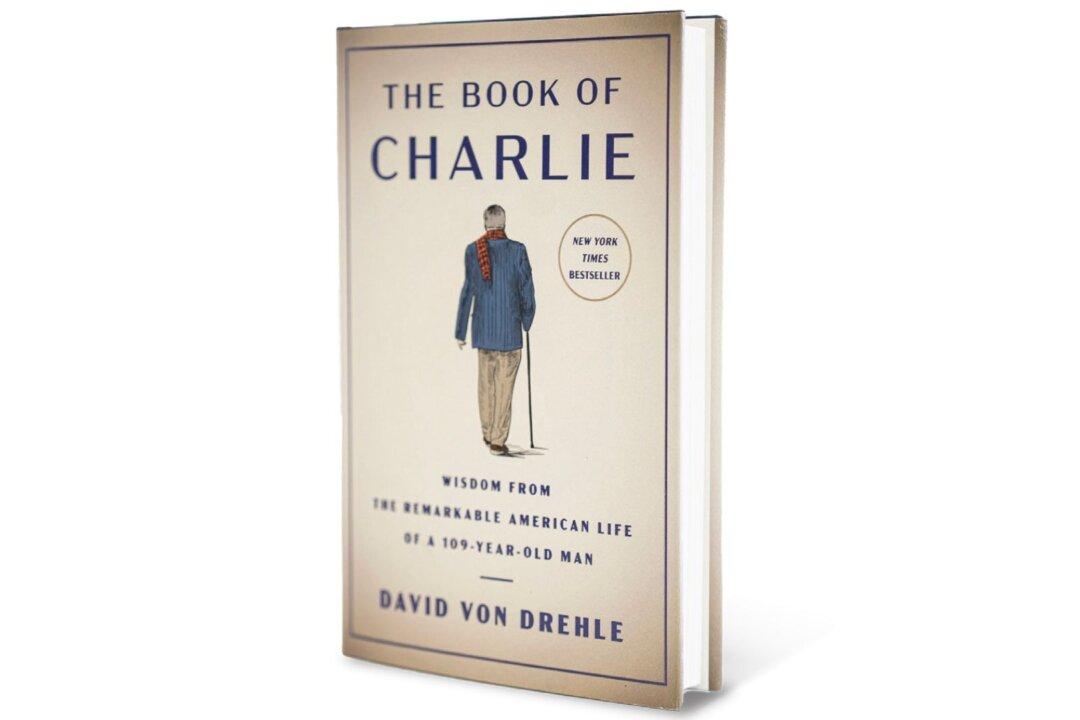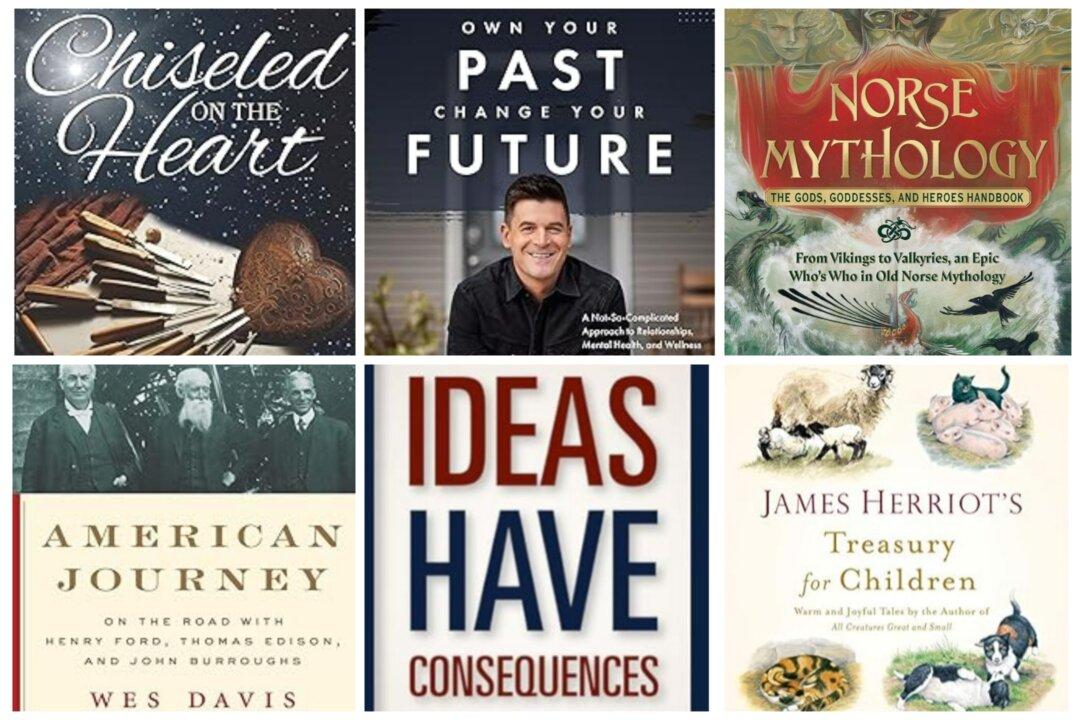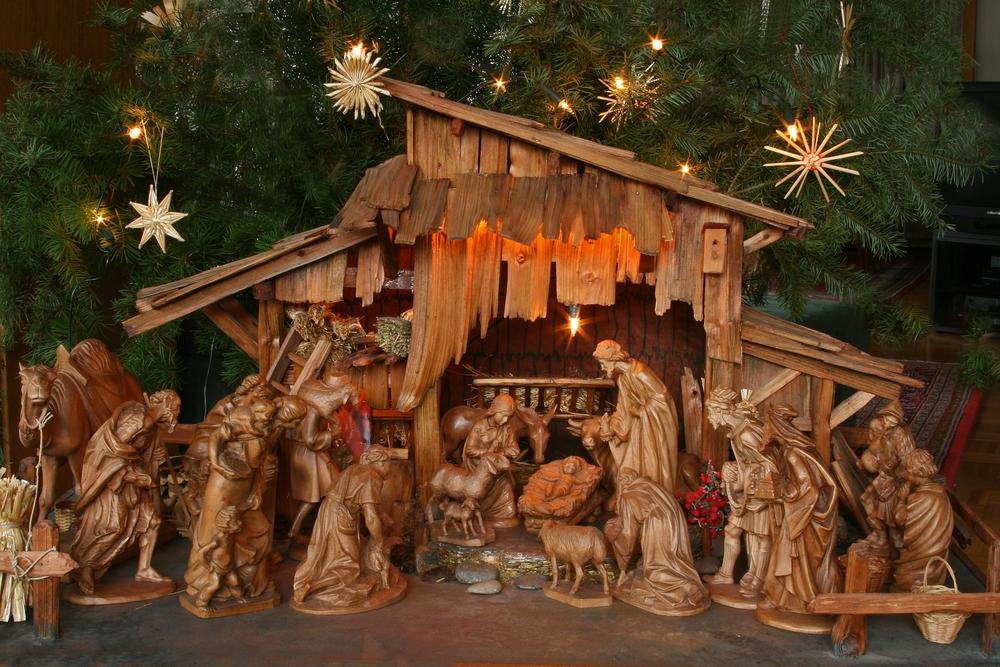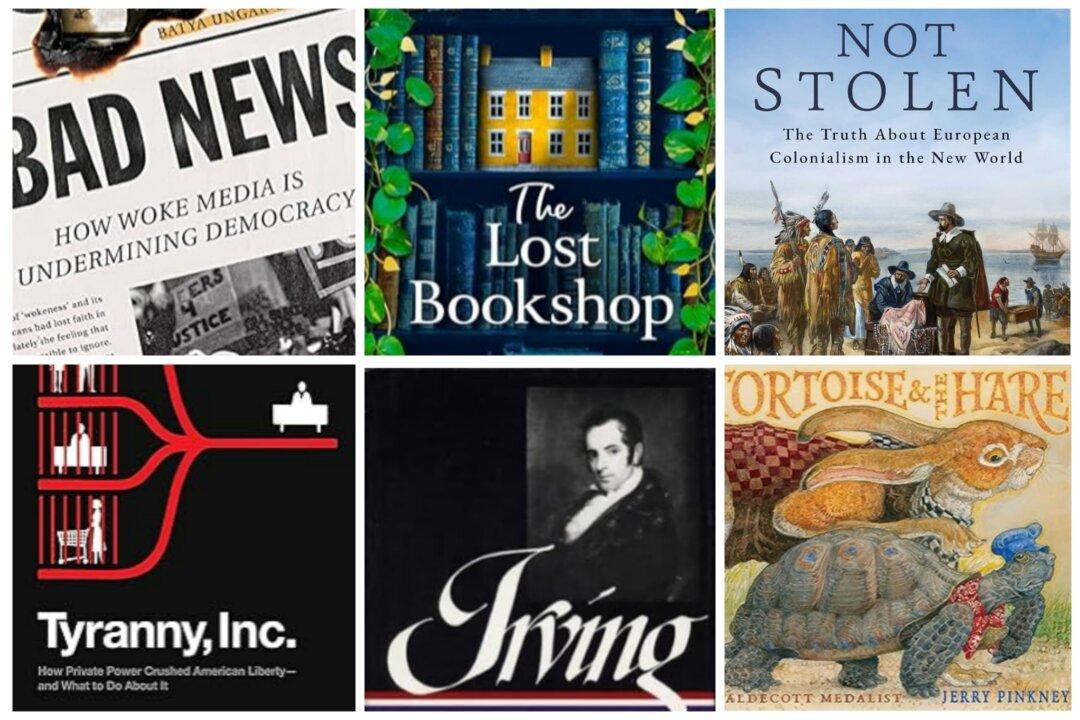The sun would eventually break through, but the morning started overcast and drizzly at The Three Oaks Farm in Rixeyville, Virginia.
No matter a little rain and nip to the air. Rosy-cheeked and bedecked in a heavy sweater, vest, and leather apron chaps, Terry A. Corbin is ready to start his day.






